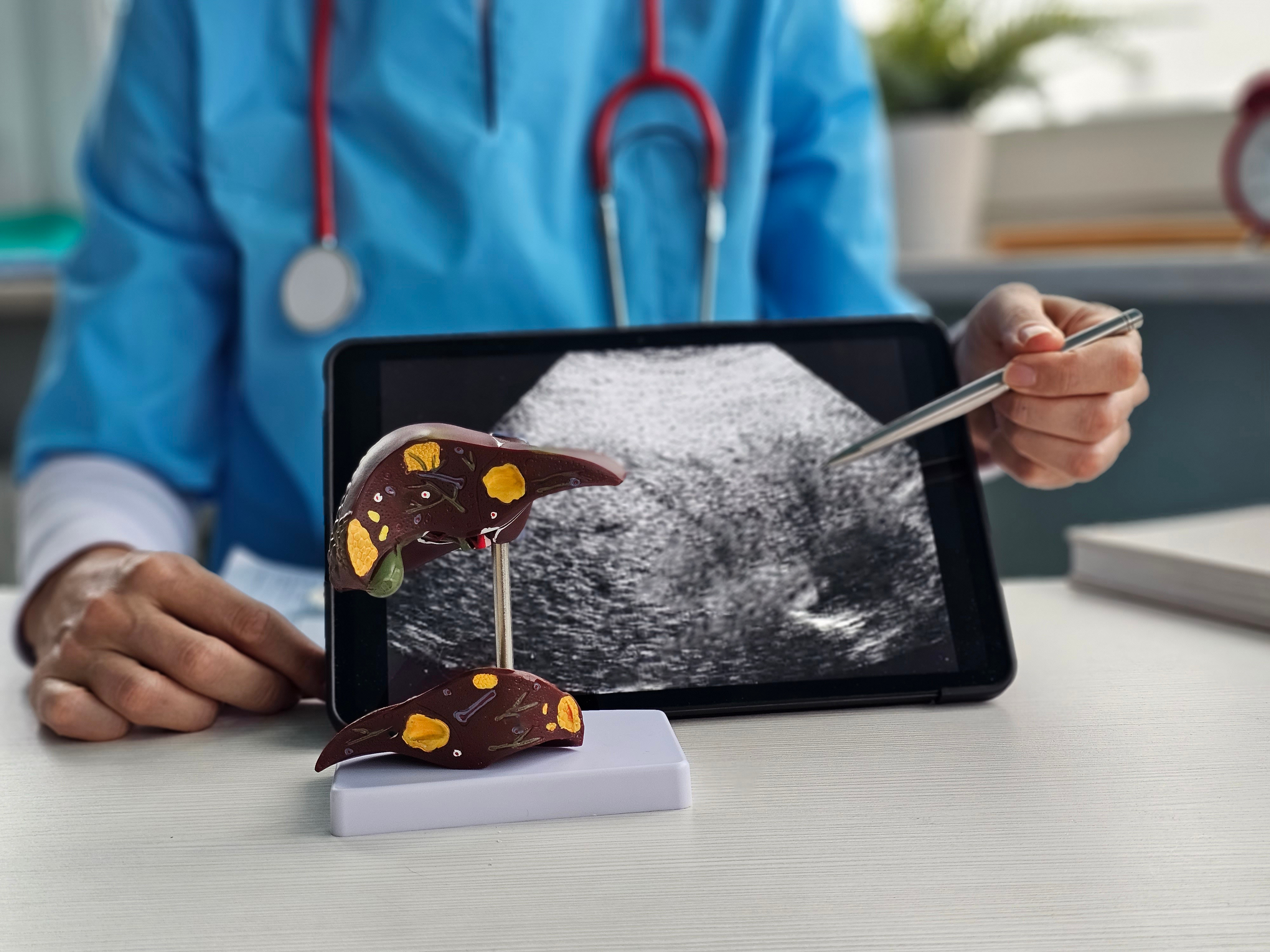Battling severe diabetes, high cholesterol, and hypertension for decades, 57-year-old Avinash (name changed for anonymity), weighed 102 kilograms when he decided to seek help for his worsening condition. Given his symptoms and medical history, the consulting doctor at Ria Clinic, Mumbai suspected build-up of fat in the liver, a common diagnosis in the case of overweight patients with chronic ailments. However, it was only an advanced scan, that revealed not only fat deposits in Avinash’s liver but also early signs of cirrhosis.
Avinash’s story chronicles India’s threatening burden of Non-Alcoholic Fatty Liver Disease (NAFLD) which affects one in three adults[1]. In the absence of advanced diagnostic procedures like ultrasound with precise image quality, NAFLD often goes undiagnosed until it progresses to advanced stages such as fibrosis or cirrhosis. While routine checkups and a healthy lifestyle can help monitor and prevent NAFLD from advancing, advanced diagnostic tools like high-quality ultrasound imaging are crucial to determine its stage accurately.
Understanding the Severity of NAFLD
With the increasing prevalence of diabetes, obesity, and metabolic syndrome, the prevalence of NAFLD is alarmingly rising in the country where NAFLD is now recognized as a major non-communicable disease.[2]
India has 77 million adults suffering from Type 2 diabetes and 25 million pre-diabetics[3]. More than 50% are unaware of their diabetic status, further worsening related health complications. Similarly, the rising prevalence of obesity across the Indian demographic is an alarming concern, significantly increasing the risk of diabetes, cardiovascular diseases, and liver conditions like NAFLD. Addressing this national health crisis is the need of the hour. Thus, early diagnosis is crucial to overcome the challenges.
Due to a lack of awareness about NAFLD, individuals suffering from the condition often fall victim to liver failure or cirrhosis even before they seek medical help. With 3-4% of patients with liver cirrhosis also developing hepatocellular carcinoma — a type of liver cancer — the consequences can be fatal. However, this is preventable and curable with early detection.
Turning the Tide with Early Detection and Timely Care
Conventionally, in cases of cirrhosis and other liver conditions, medical professionals recommend liver biopsy. Today, with technologies like GE HealthCare’s LOGIQ™ E10, enabled by Ultrasound-Guided Attenuation Parameter (UGAP) technology — a non-invasive procedure that assesses whether the fat has caused inflammation, fibrosis, or cirrhosis. Credit to futuristic technologies, patients have access to virtual biopsy, delivering precision reports in just 10 minutes.
Curbing the Rising Concern of NAFLD through Early Diagnosis
In Avinash’s case, early diagnosis and medical intervention enabled timely treatment of cirrhosis. Additionally, with recommended lifestyle modifications, he was able to lose excess weight (40 kilograms), significantly improving his condition, especially with respect to hypertension and diabetes.
Preventive measures like lifestyle changes, dietary modifications, and regular medical checkups can help prevent the risk of NAFLD.
In India, one of the best ways to address the gap between healthcare providers and patients is to make diagnostic processes more seamless and accurate. It is a challenge that policymakers, healthcare professionals, and innovators should collectively aim to tackle, as necessary caregiving begins with timely and accurate diagnosis. Additionally, raising awareness about liver-related comorbidities and advanced diagnostics can empower individuals to take charge of their health. It is our collective responsibility to ensure no one endures the complications of late-stage liver disease by making advanced diagnostic solutions available and raising general awareness about these complications.
DISCLAIMER: GEHC Ultrasound System. Wipro GE Healthcare Pvt. Ltd, at No.4 Kadugodi Industrial Area, Whitefield, Bangalore, Karnataka, India – 560067. Ultrasound-guided attenuation parameter (UGAP) is non-invasive assessment of hepatic steatosis in clinical practice and compares its correlation with B-mode on ultrasound machine. Only trained professionals should operate the machine to ensure safe and accurate diagnostics. This material was created and reviewed on 20th January 2025. Additional information can be made available on request.
Note to the reader: This article is part of Mint’s paid consumer connect initiative and is independently created by the brand. Mint assumes no editorial responsibility for the content, including its accuracy, completeness, or any errors or omissions. Readers are advised to verify all information independently





